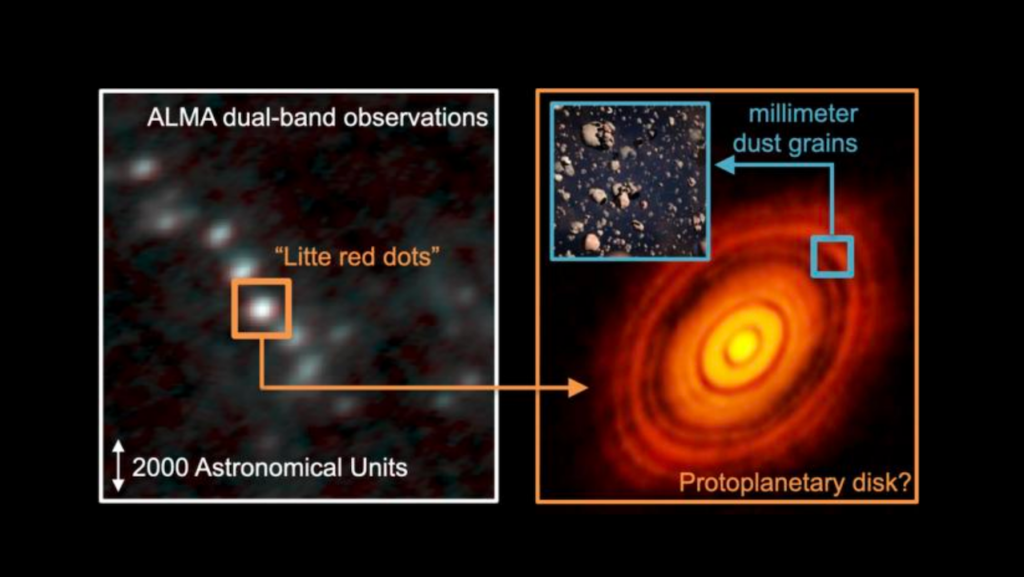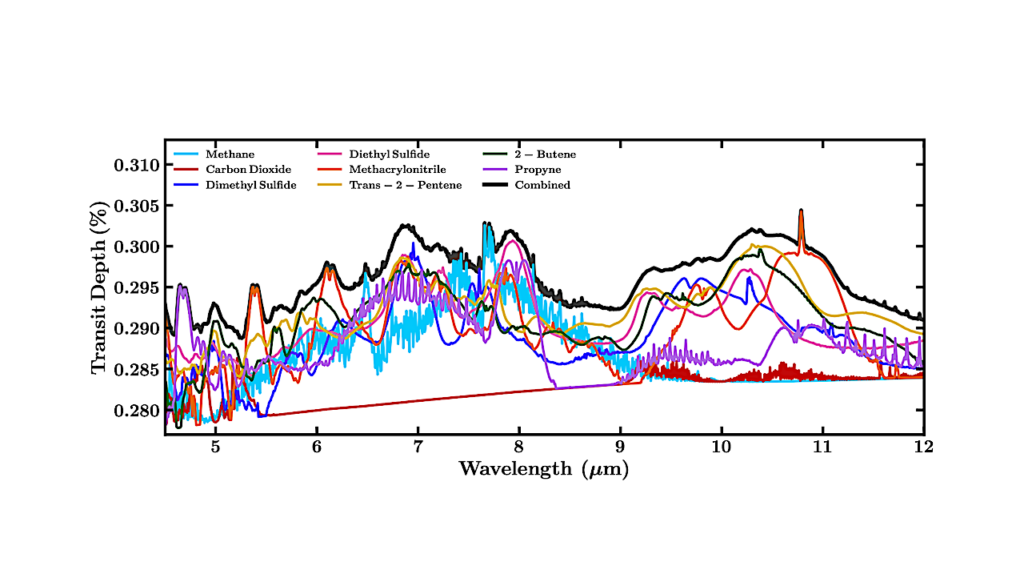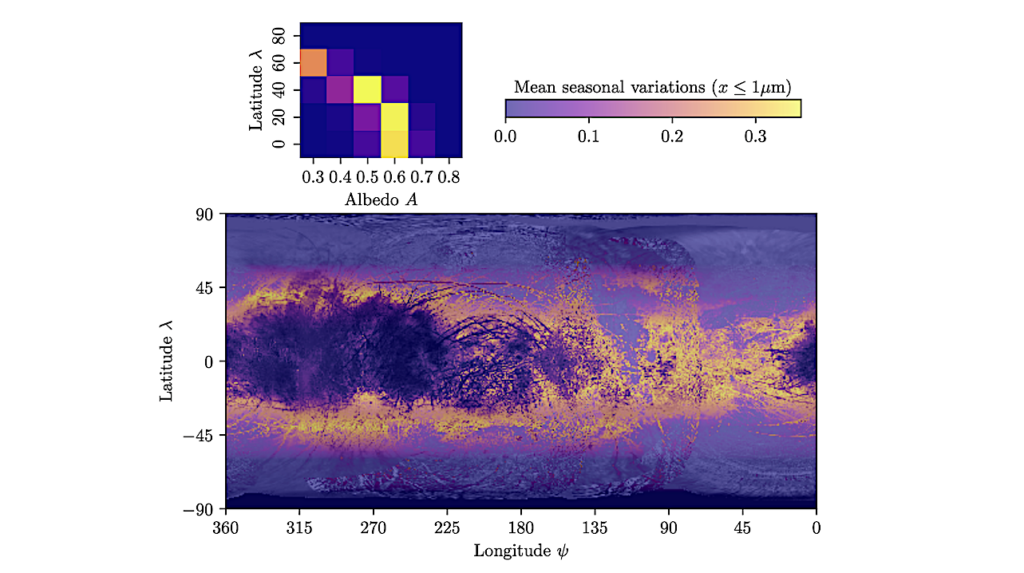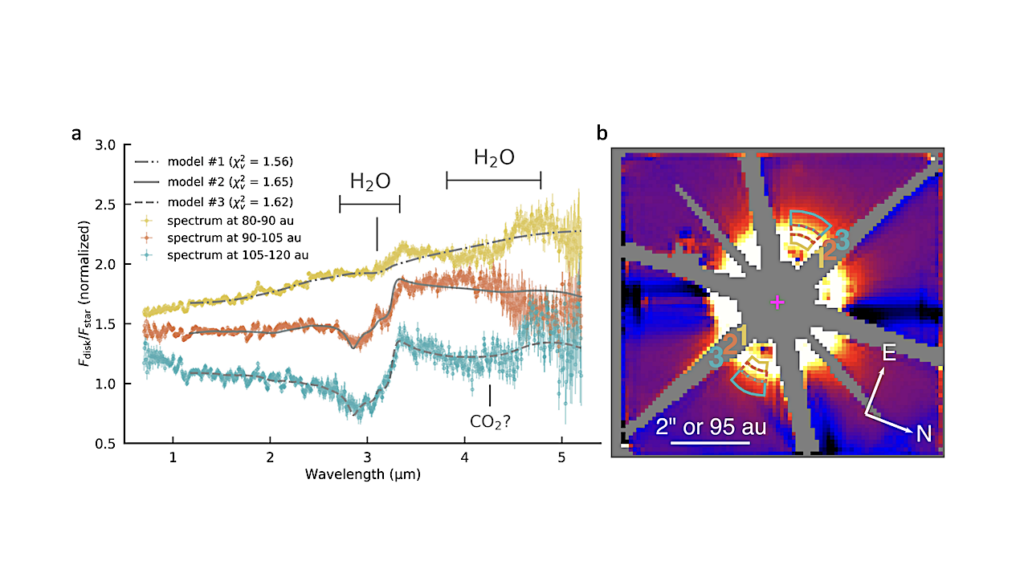Diversity Of Exoplanets
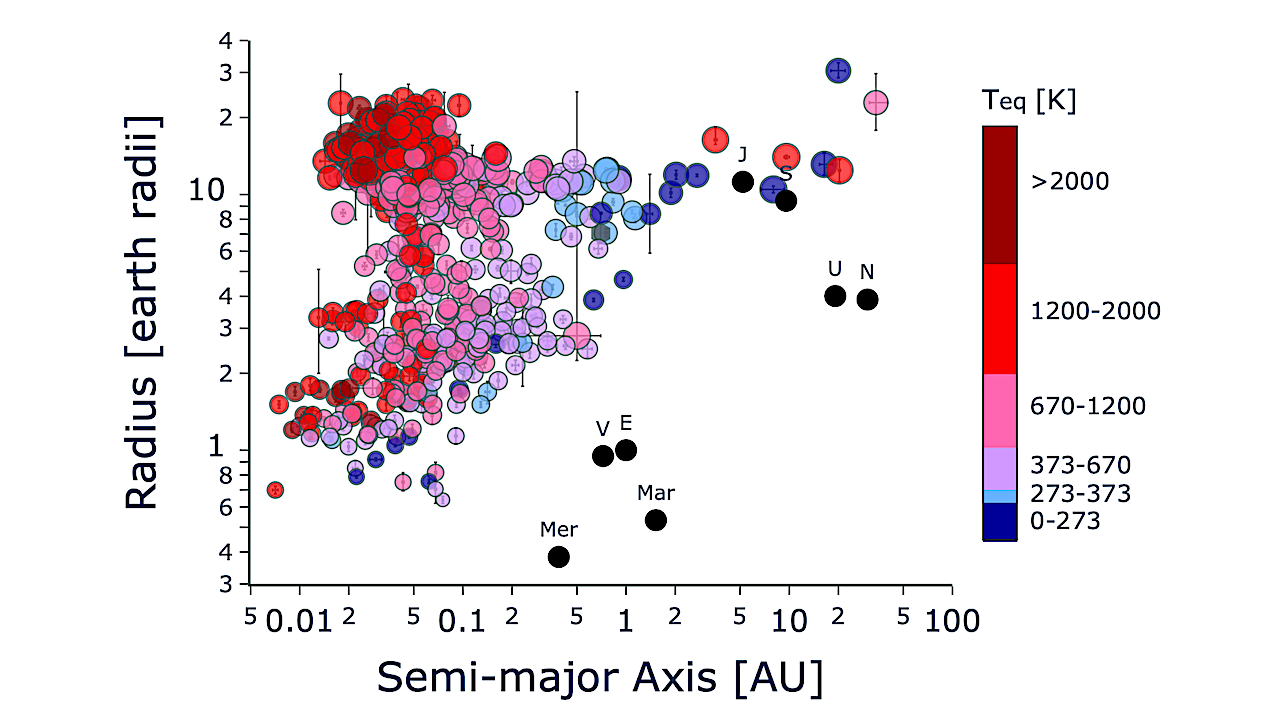
This review article delves into the study of low-mass exoplanets: super-Earths, mini-Neptunes and the new categories within and between that we are starting to discover.
We provide an overview of current exoplanet observational capabilities, their limitations, and what they are allowing us to learn about low-mass planets. We briefly summarize the most important aspects of planet formation, with an emphasis on processes that may be testable with small exoplanets, in particular those that affect their composition.
We also describe the observed compositional diversity of low-mass exoplanets and what it teaches us about planet formation pathways.
We finish this review summarizing the study of the composition of small exoplanets during the very last stage of stellar evolution, by studying white dwarfs. This review is written as the JWST is making its first contributions to small planet characterization, rapidly opening new lines of inquiry.

Top Figure: Primary transit of K2-18b obtained with the NIRspec (Near-Infrared Spectrograph) instrument on JWST (light curve from Madhusudhan et al. (2023)). Bottom Figure: Transmission spectrum of K2-18 b obtained JWST instruments NIRISS (Near-Infrared Imager and Slitless Spectrograph) and NIRSpec. It shows methane, carbon dioxide, and a possible detection of dimethyl sulfide (DMS) consistent with K2-18b being a Hycean world (possessing a liquid water ocean underneath a hydrogen-rich atmosphere). The mass, radius and equilibrium temperature of H2-18b are estimated to be ∼ 8.6 ME, 2.61 RE, and ∼250- 300 K, respectively, for an albedo between 0-0.3 (Benneke et al., 2019). Illustration credits: NASA, ESA, CSA, Ralf Crawford (STScI), Joseph Olmsted (STScI). Science credits: Nikku Madhusudhan (IoA). — astro-ph.EP
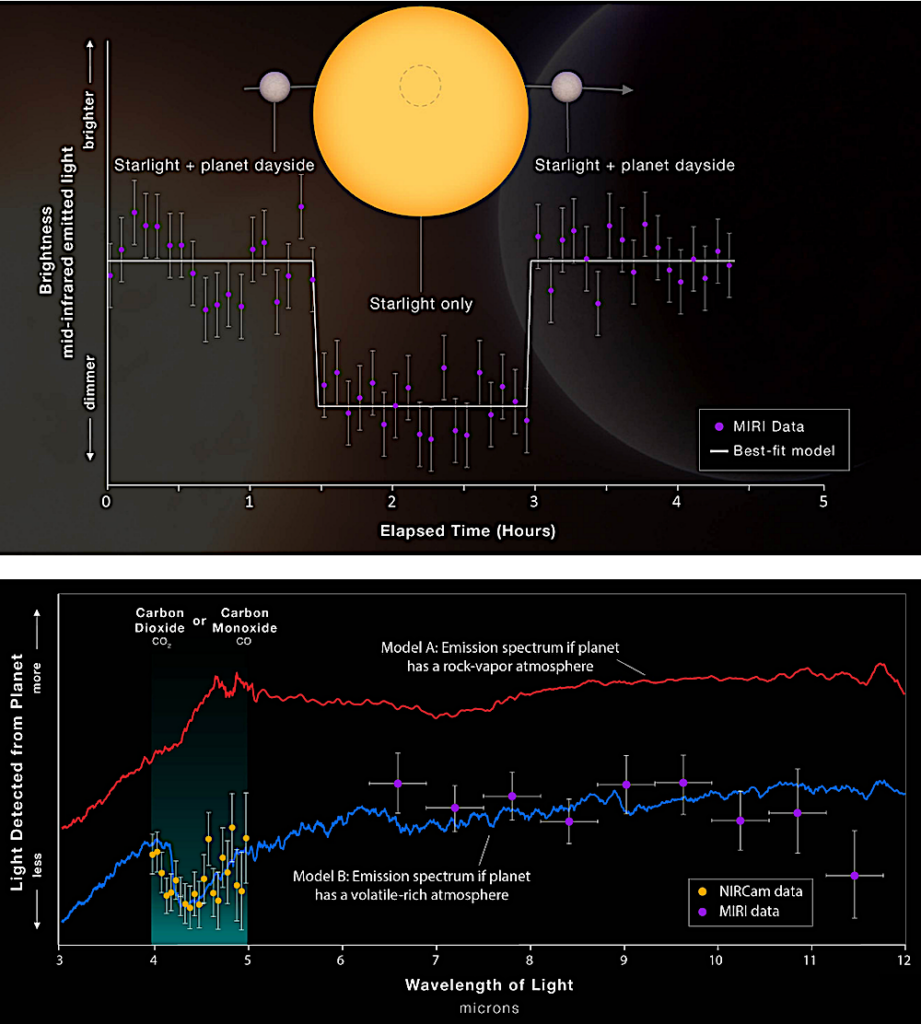
Top Figure: 55 Cnc-e secondary eclipse taken with MIRI camera on JWST. Its mass and radius are close to 8ME and 1.9RE. The eclipse depth yields a brightness temperature of 1800, which is lower than the temperature corresponding to the case of zero heat redistribution, indicating the presence of an atmosphere. Bottom Figure: Thermal Emission Spectrum of 55 Cnc-e taken with NIRCAM on JWST consistent with an atmosphere composed of CO-CO2 (Hu et al., 2024b). Top figure: Illustration credits: NASA, ESA, CSA, Joseph Olmsted (STScI). Science credits: Aaron Bello-Arufe (NASA-JPL). Bottom figure: Illustration credits: NASA, ESA, CSA, Joseph Olmsted (STScI). Science credits: Renyu Hu (NASA-JPL), Aaron Bello-Arufe (NASA-JPL), Michael Zhang (University of Chicago), Mantas Zilinskas (SRON). — astro-ph.EP
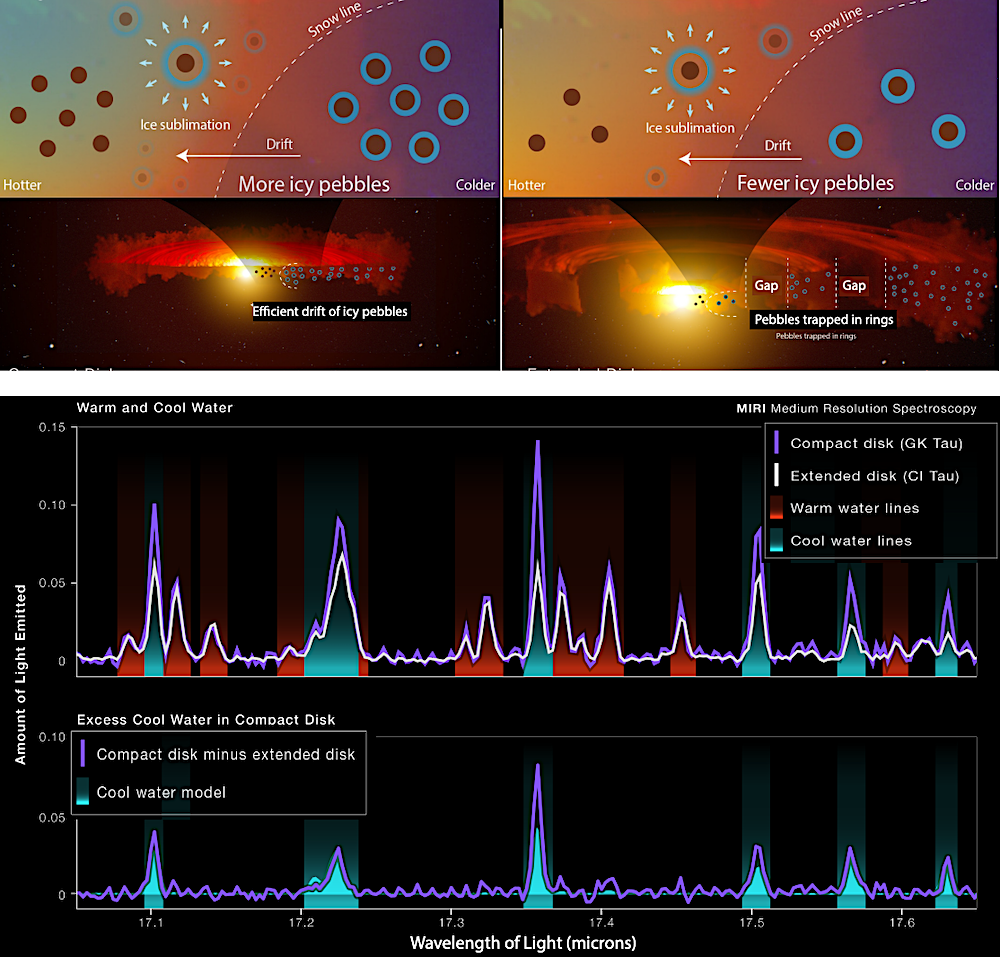
Top figure: Schematic representation of the difference in gaseous water content in the case of a compact protoplanetary disk without gaps (left) and a more extended protoplanetary disk with gaps (right). When disk gaps are present, the drifting in of icy pebbles from regions beyond the iceline is impeded because pebbles get trapped in the rings; this results in a decreased water vapor enrichment in the inner disk region (1–10 AU) where rocky planets might be forming, compared to the case without gaps where a higher flux of icy pebbles cross the iceline and get their volatiles vaporized (Banzatti et al., 2023). Bottom figure: Spectra from the JWST Mid-Infrared Instrument showing water vapor emission in a a compact protoplanetary disk without gaps (purple line) and in an extended disk with gaps (white line), showing excess cool water in the former, as expected if the water enrichment is the result of pebble drift. Top figure illustration credits: NASA, ESA, CSA, Joseph Olmsted (STScI). Bottom figure illustration credits: NASA, ESA, CSA, Leah Hustak (STScI). Science credits: Andrea Banzatti (Texas State University). — astro-ph.EP
Diana Valencia, Amaya Moro-Martin, Johanna Teske
Comments: 50 pages, 9 figures
Subjects: Earth and Planetary Astrophysics (astro-ph.EP); Solar and Stellar Astrophysics (astro-ph.SR)
Cite as: arXiv:2505.09754 [astro-ph.EP] (or arXiv:2505.09754v1 [astro-ph.EP] for this version)
https://doi.org/10.48550/arXiv.2505.09754
Focus to learn more
Journal reference: In: Weis, D and Anbar, A. (eds.) Treatise on Geochemistry, 3e. Vol. 7, pp. 19-49.UK: Elsevier (2025)
Related DOI:
https://doi.org/10.1016/B978-0-323-99762-1.00139-X
Focus to learn more
Submission history
From: Amaya Moro-Martin
[v1] Wed, 14 May 2025 19:38:07 UTC (40,854 KB)
https://arxiv.org/abs/2505.09754
Astrobiology,


